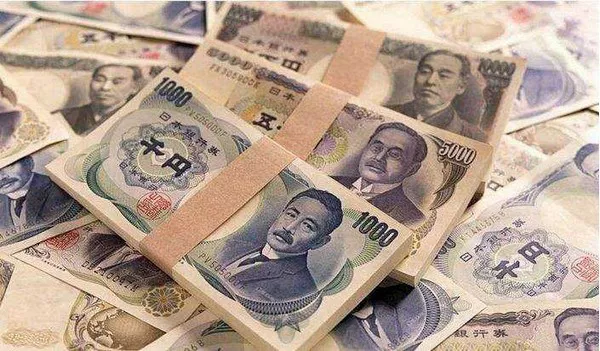The Japanese Yen (JPY) continues to struggle for direction against the US Dollar (USD), fluctuating between slight gains and losses as the European session began on Tuesday. Market sentiment suggests that political uncertainty in Japan is clouding expectations for further tightening of the Bank of Japan‘s (BoJ) monetary policy. The BoJ’s October Summary of Opinions revealed a division among policymakers regarding the prospect of raising interest rates, adding to doubts about the central bank‘s ability to act decisively in the near term.
Meanwhile, growing expectations that US President-elect Donald Trump’s economic policies could stoke inflation have supported elevated US Treasury bond yields, further undermining the lower-yielding Yen. This, coupled with ongoing concerns about potential US tariffs on Japanese exports, has kept the US Dollar near its highest levels since early July, although fears of intervention by Japanese authorities to prop up the Yen continue to cap its losses.
Japan’s Political Landscape Adds to Rate-Hike Uncertainty
The mixed outlook on Japan’s economic trajectory has prompted further caution regarding the BoJ’s future policy decisions. The government’s political maneuvering, including Prime Minister Shigeru Ishiba’s planned summit with Chinese President Xi Jinping at the APEC forum, has raised questions about the broader political environment’s potential impact on the BoJ’s ability to raise interest rates.
Additionally, ongoing trade tensions and concerns about US tariffs under Trump’s administration could place pressure on Japanese exporters and hinder economic growth, further complicating the BoJ’s rate-hike plans. The situation was exacerbated by the October BoJ meeting minutes, which indicated a lack of consensus on the need for tighter policy.
US Dollar Bolstered by Inflation Fears and Fed Expectations
In the US, market participants remain focused on the potential economic impact of President-elect Trump’s policies, particularly his stance on trade and fiscal stimulus, which could lead to higher inflation and limit the Federal Reserve’s ability to ease monetary policy further. The US Treasury bond yields have held steady below their post-election highs, supporting the USD, with the Greenback maintaining its strength against the Yen.
Minneapolis Fed President Neel Kashkari emphasized that the Fed would need more evidence of inflationary pressures before committing to further rate cuts. As a result, investors appear to have priced in stronger economic growth and a more hawkish Fed, further dampening the Yen’s appeal.
Technical Outlook: USD/JPY Bulls Eyeing Key Levels
From a technical standpoint, the USD/JPY pair’s recent breakout above the 200-day Simple Moving Average (SMA) and the 61.8% Fibonacci retracement level from the July-September decline suggests a positive near-term outlook. Oscillators on the daily chart remain firmly in positive territory, supporting the bullish sentiment.
The immediate resistance for USD/JPY is near the 154.00 level, and a sustained move above this mark could see the pair test multi-month highs around 154.70, followed by the psychological level of 155.00. A further rally could target intermediate resistance at 155.65-155.70 and eventually the 156.00 round figure.
On the downside, the 153.35 level, corresponding to the 61.8% Fibonacci retracement, offers immediate support. Below this, the 153.00 and 152.70-152.65 levels are key to watch. A deeper correction could find support near the 200-day SMA at 151.75, with further declines potentially testing the 151.25 region. A decisive break below this could trigger technical selling, sending USD/JPY toward the 150.00 mark.
As the week progresses, the release of key economic data, including Japan’s Q3 GDP and US Retail Sales figures, will likely provide fresh direction for the USD/JPY pair.
Related Topics:


























